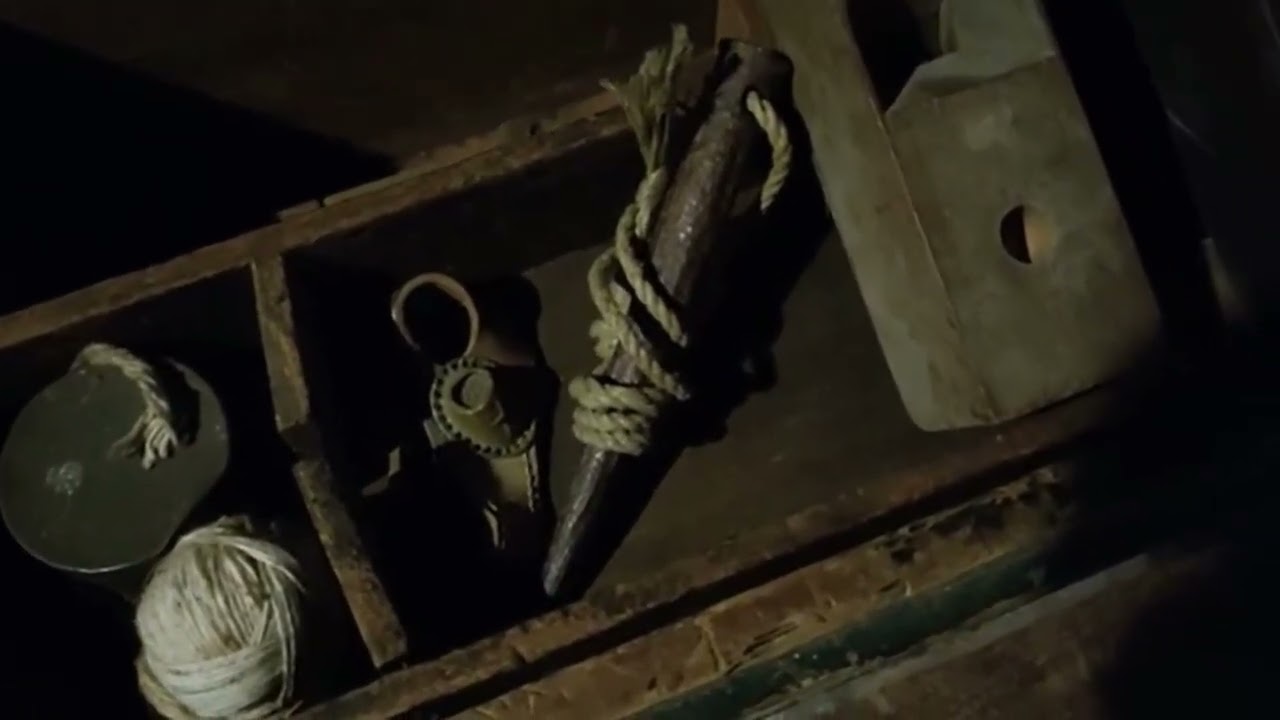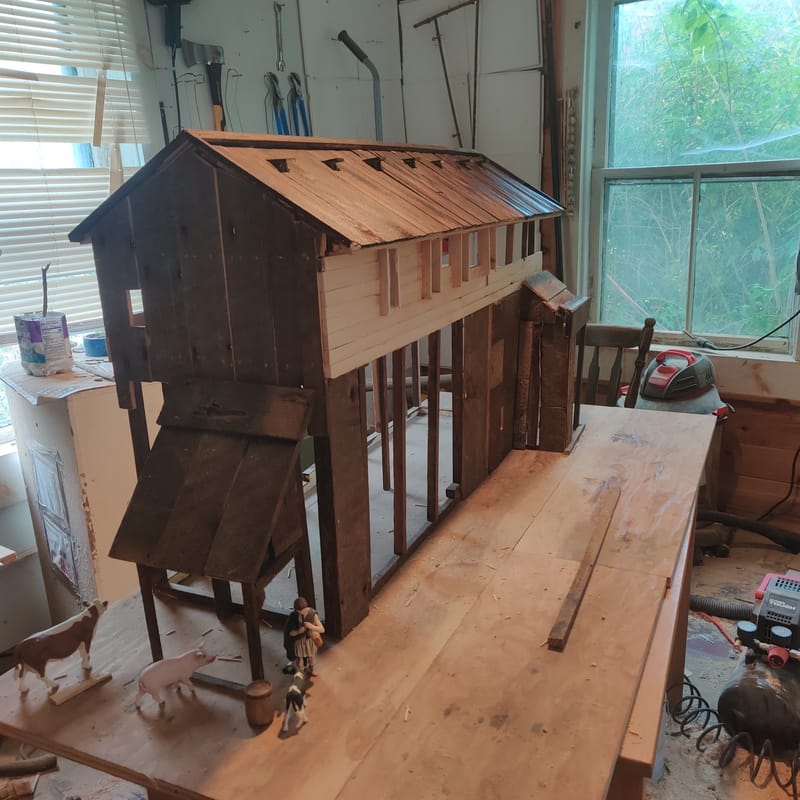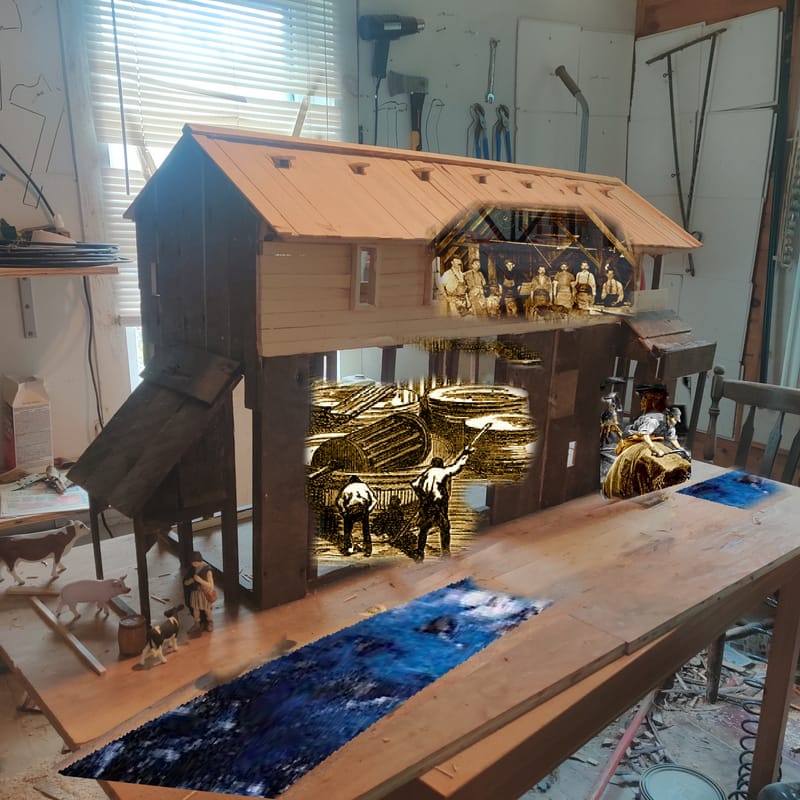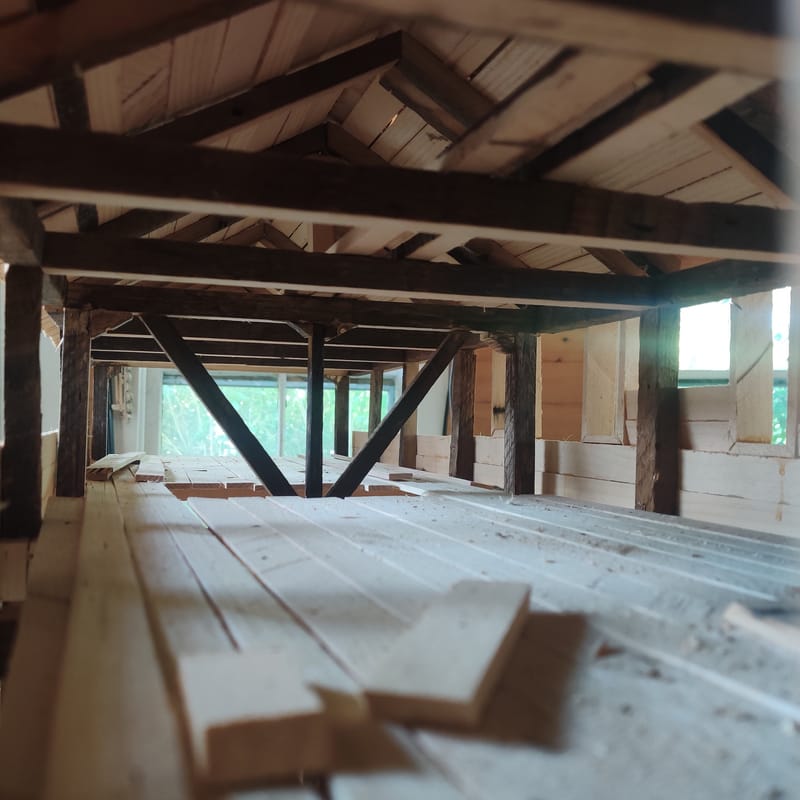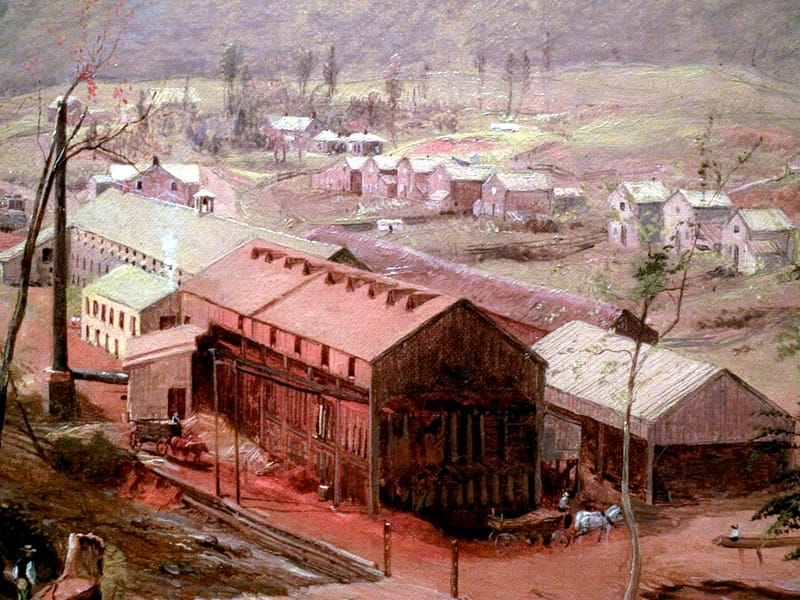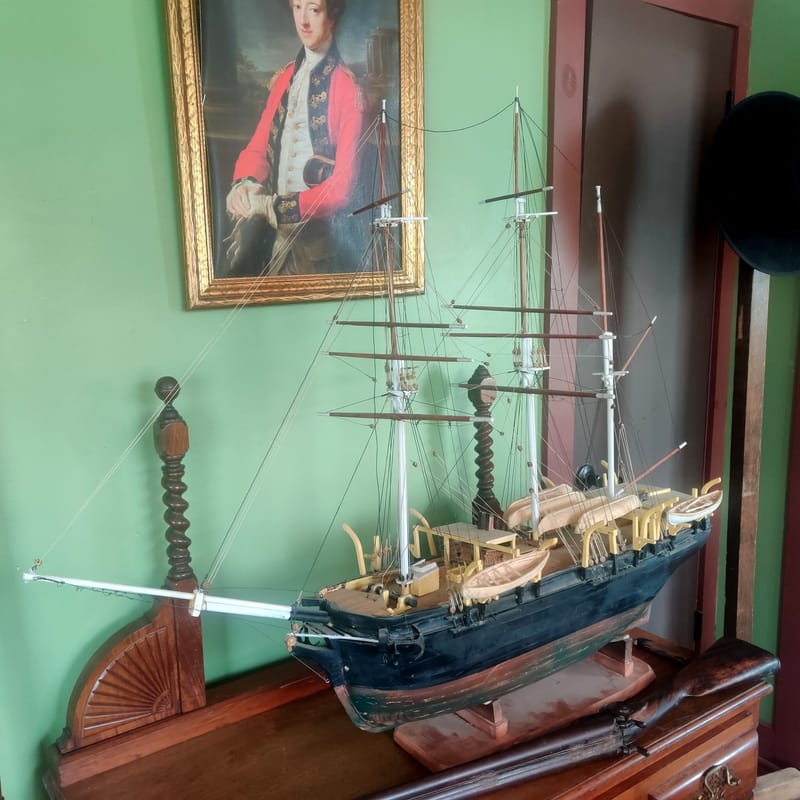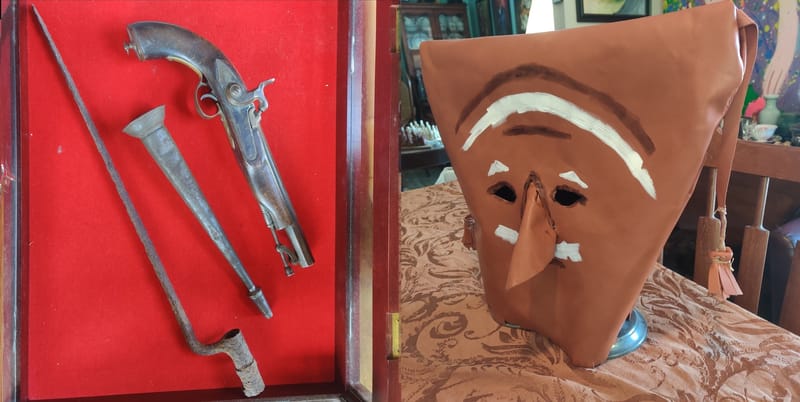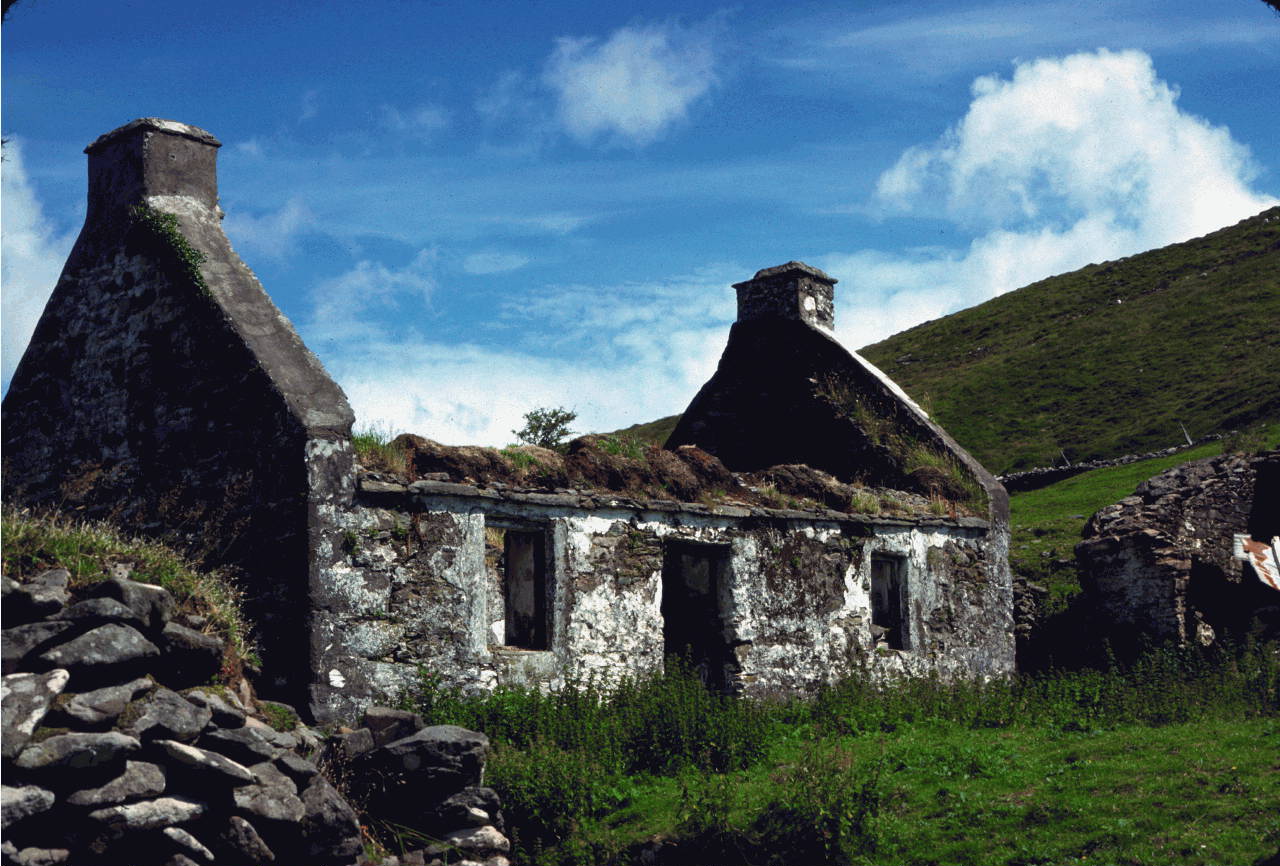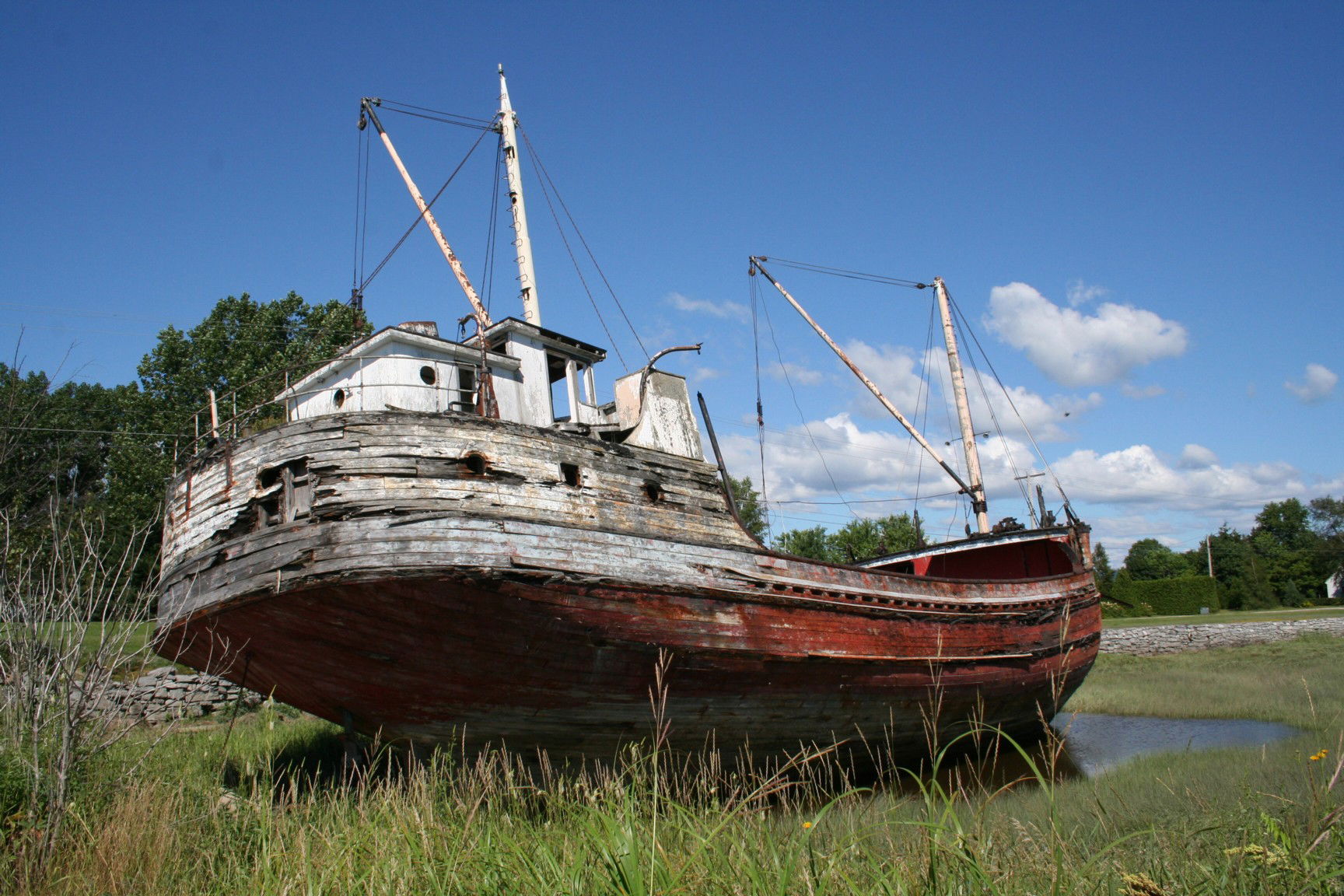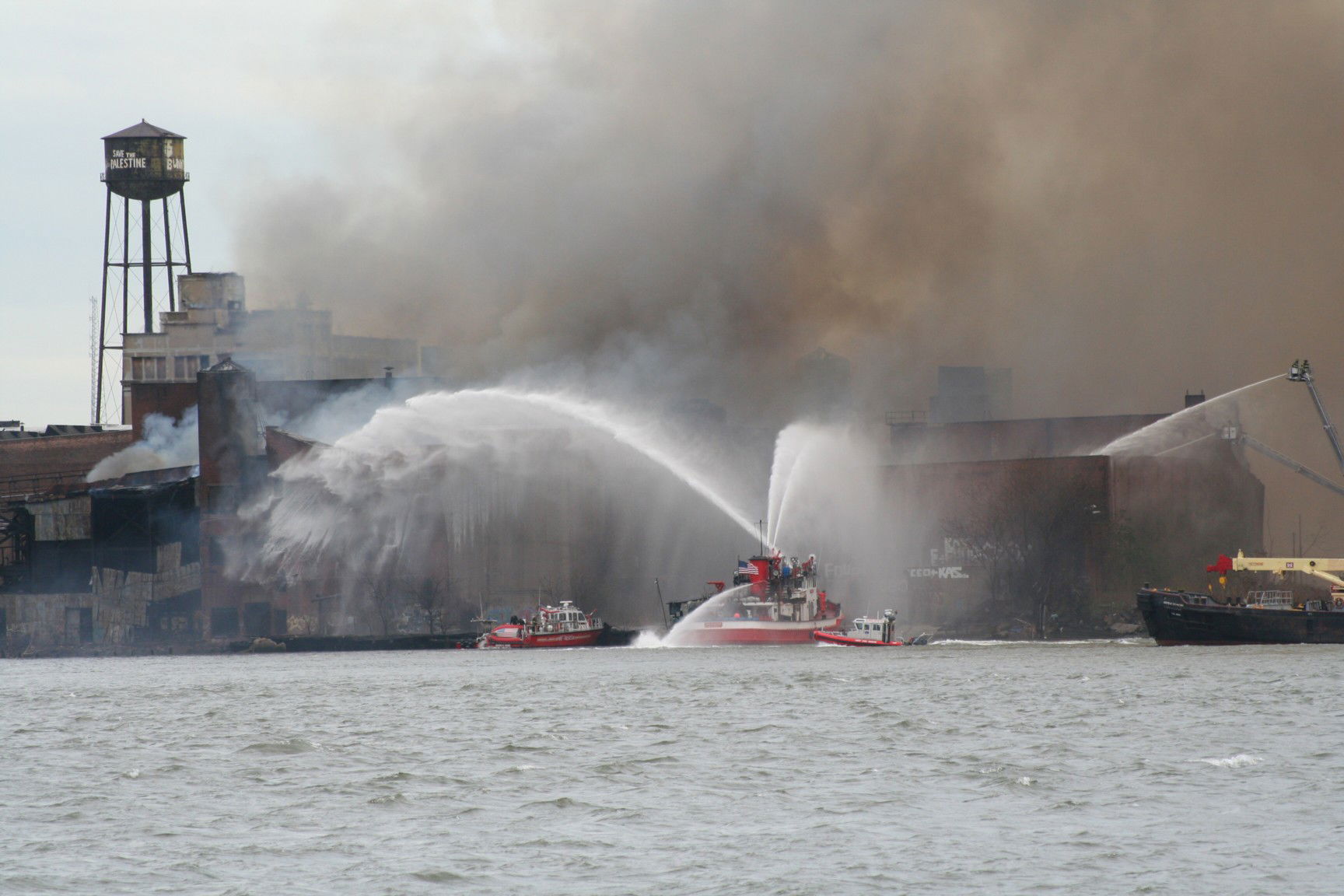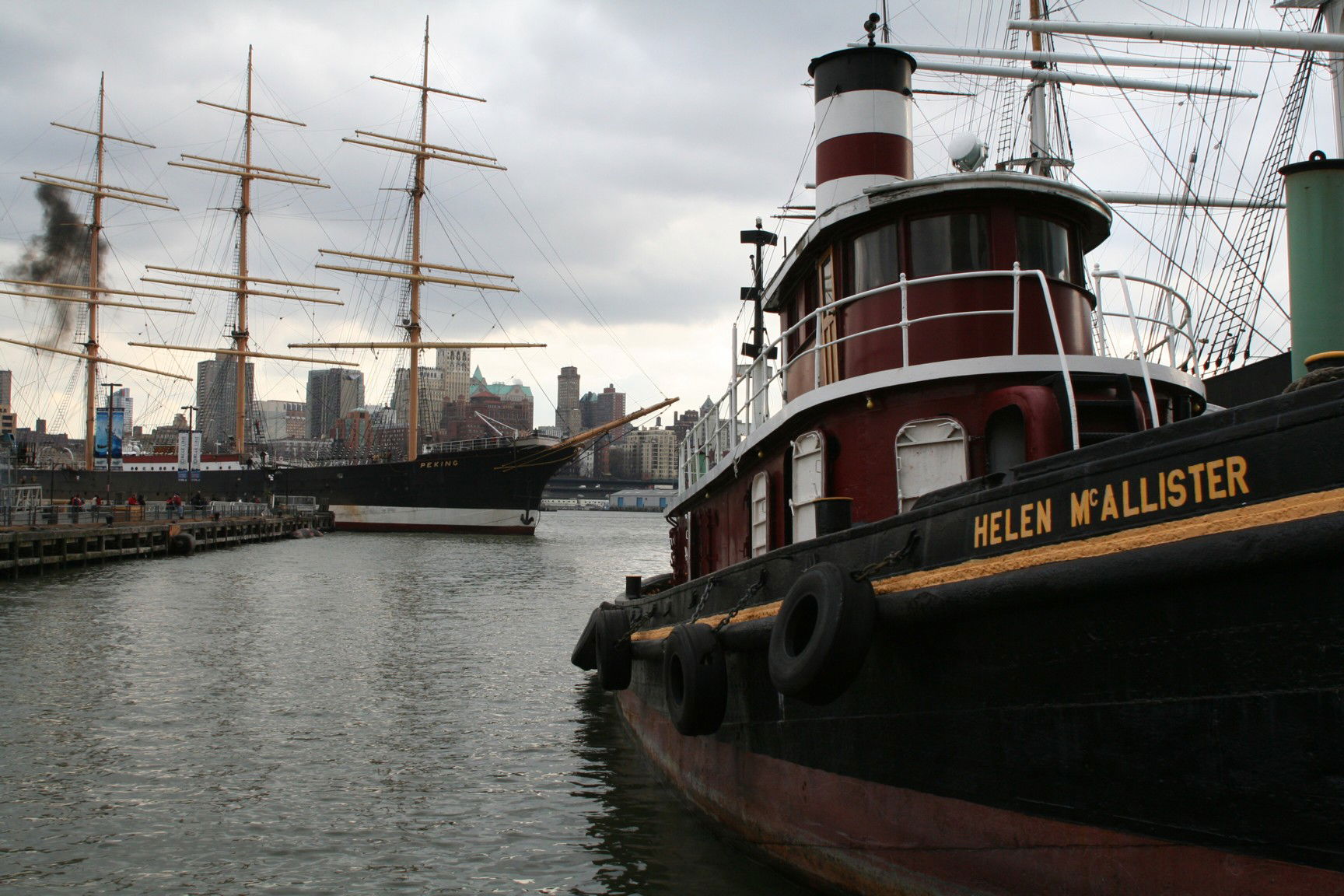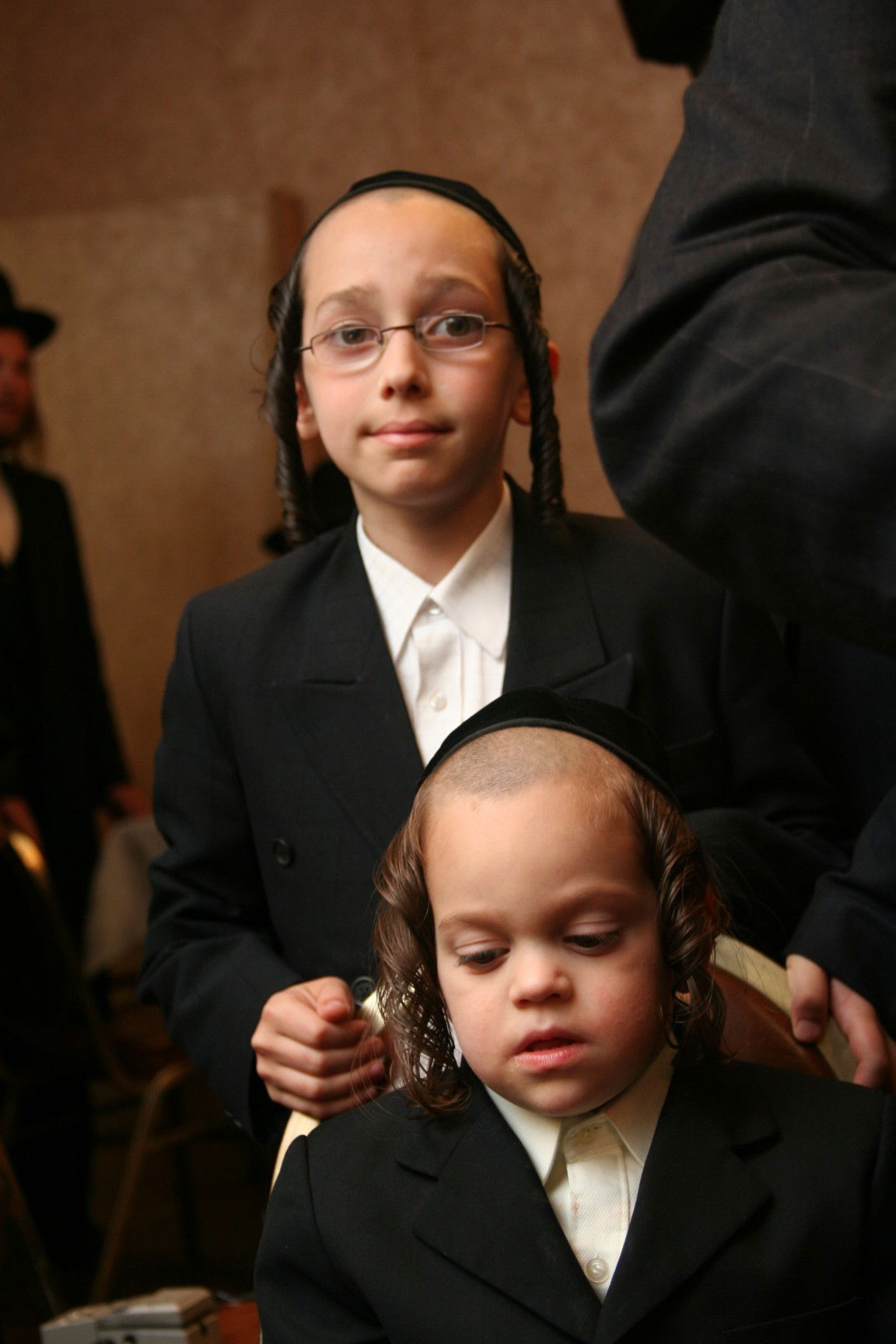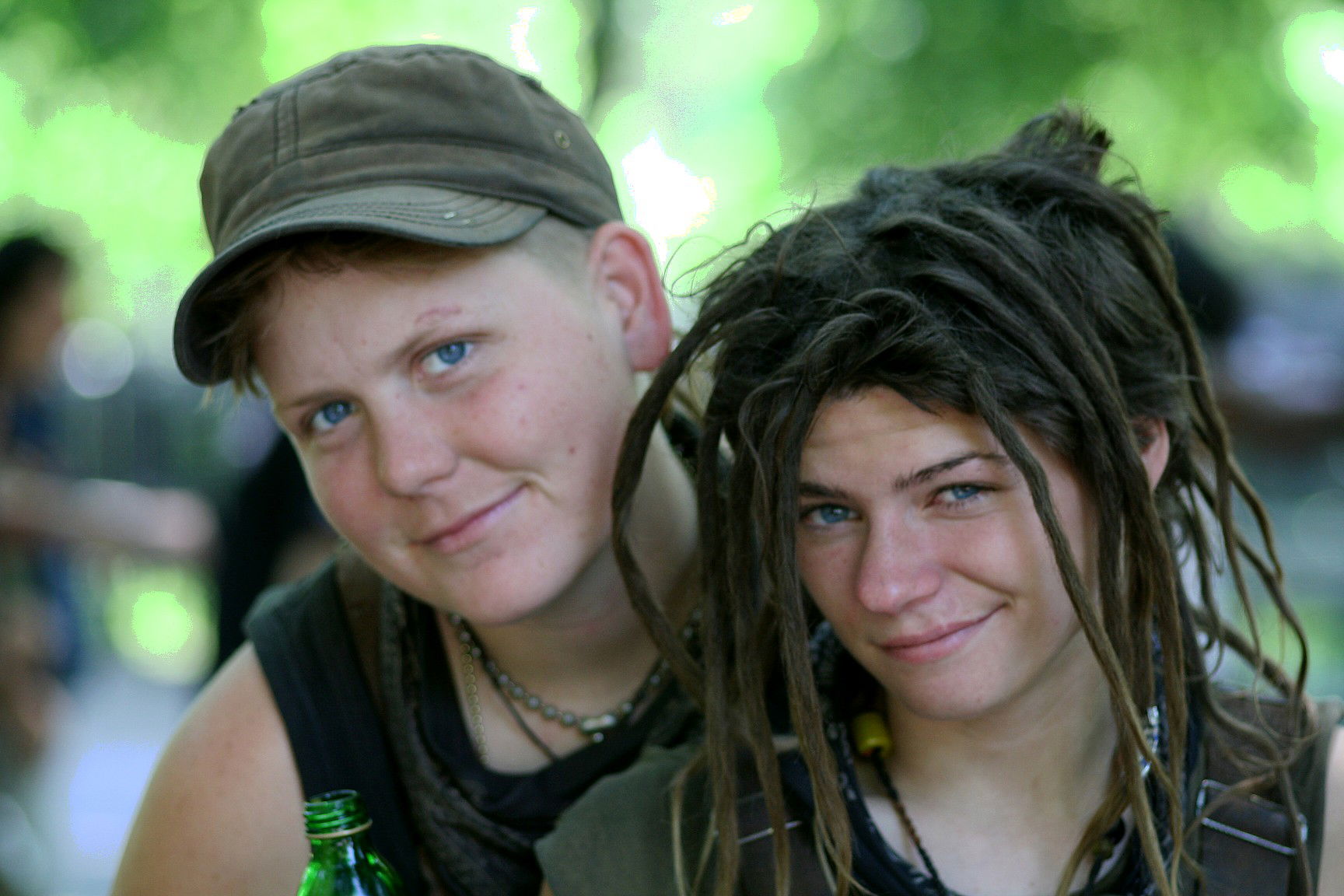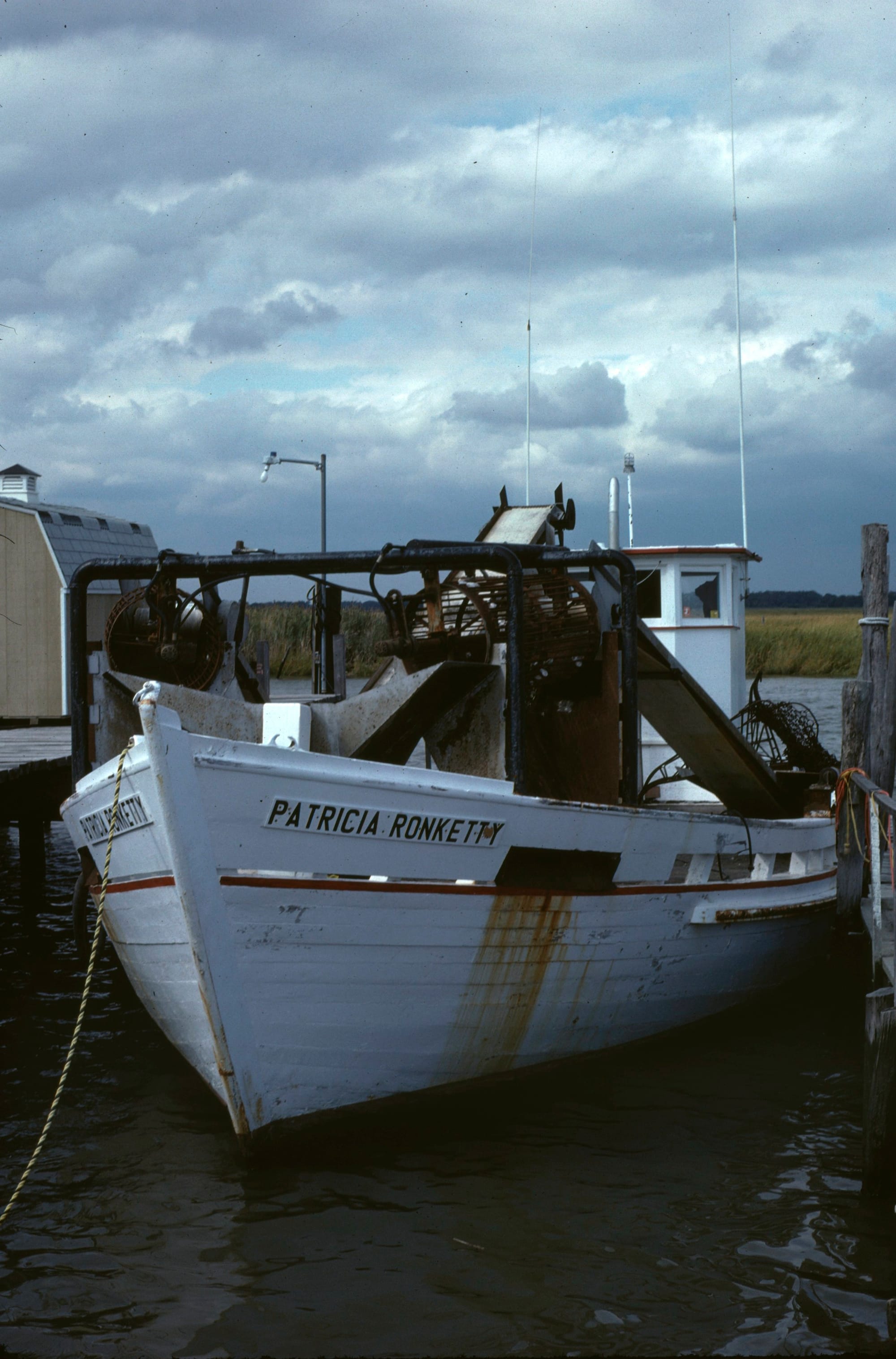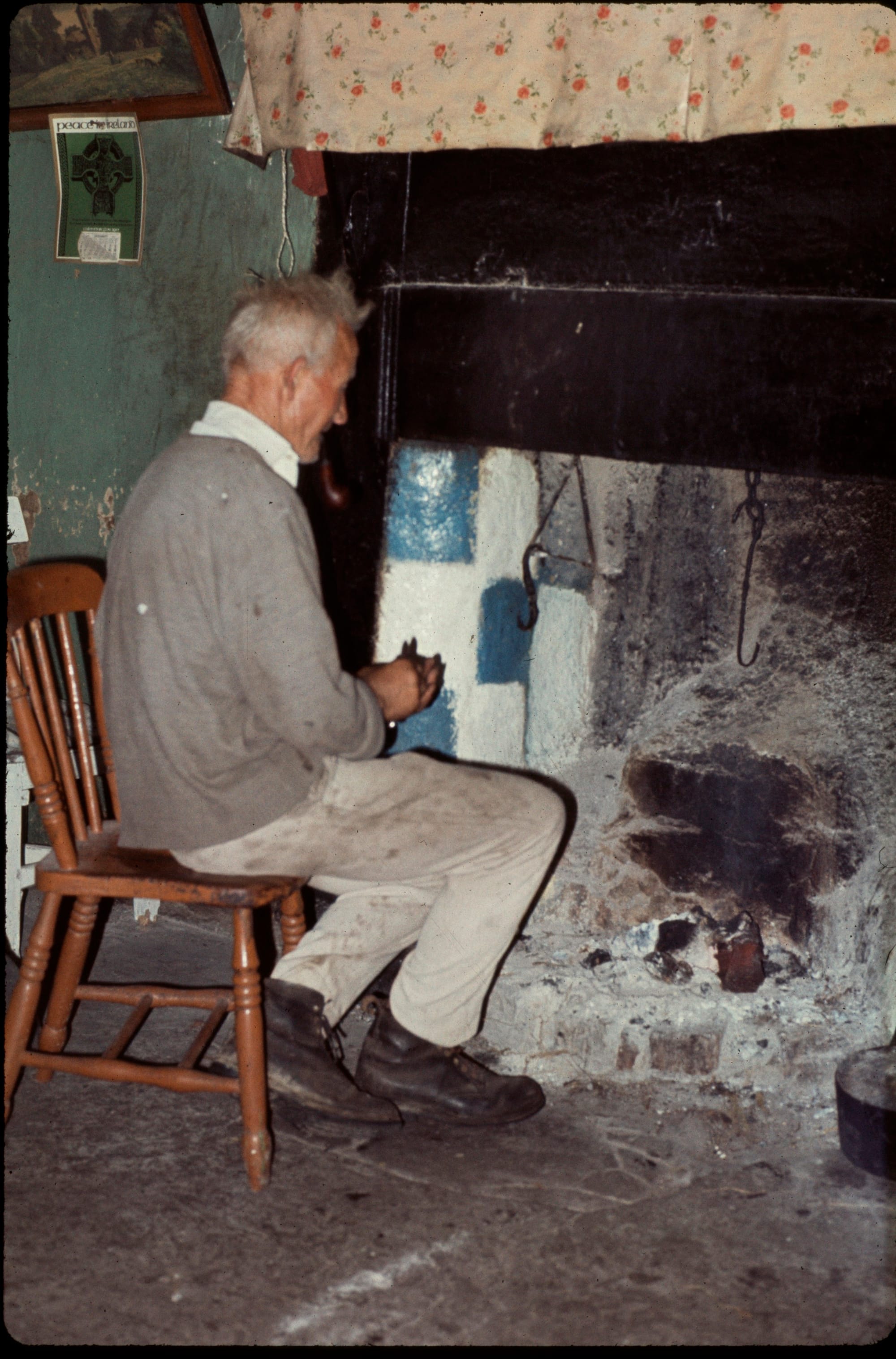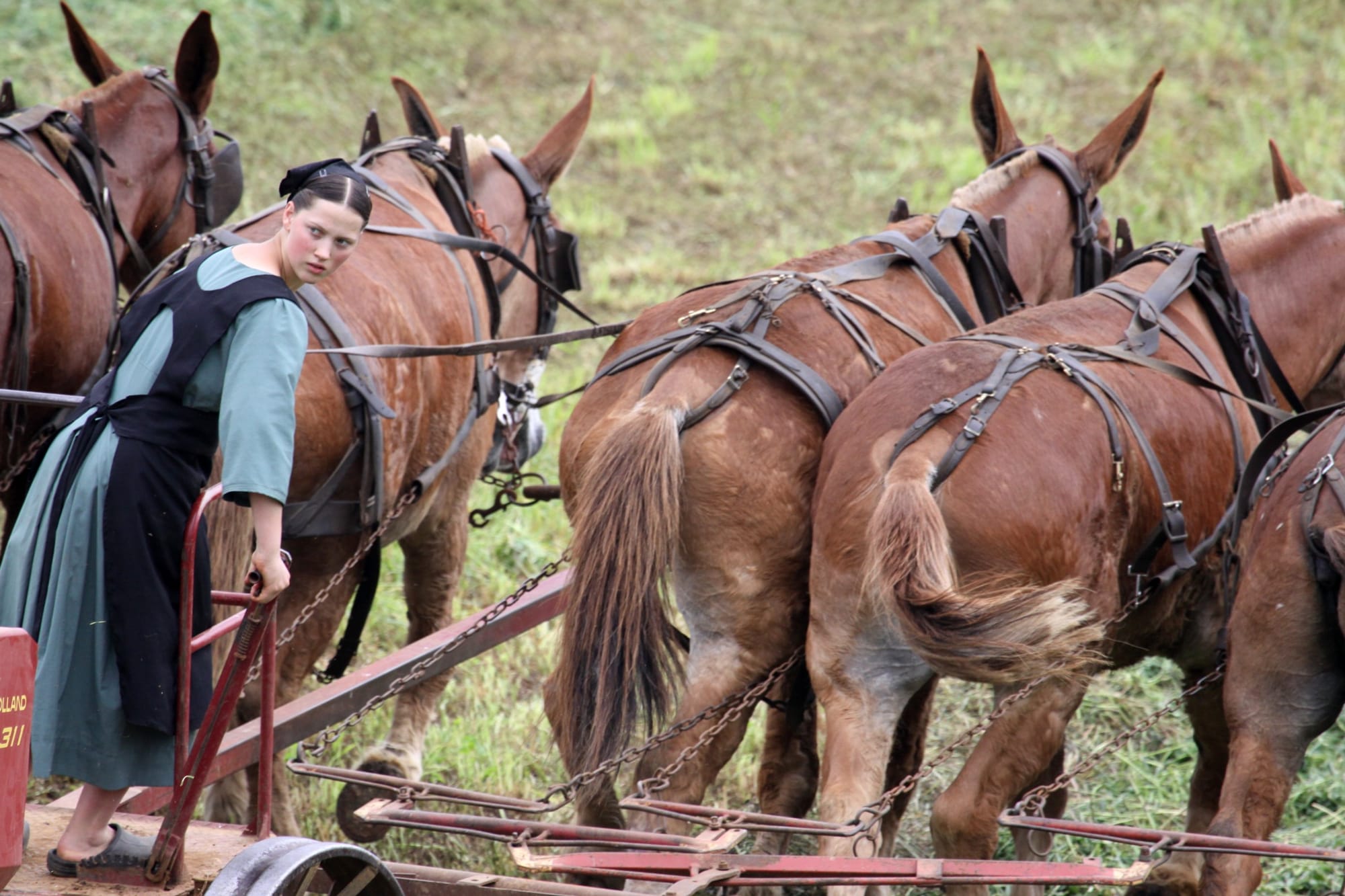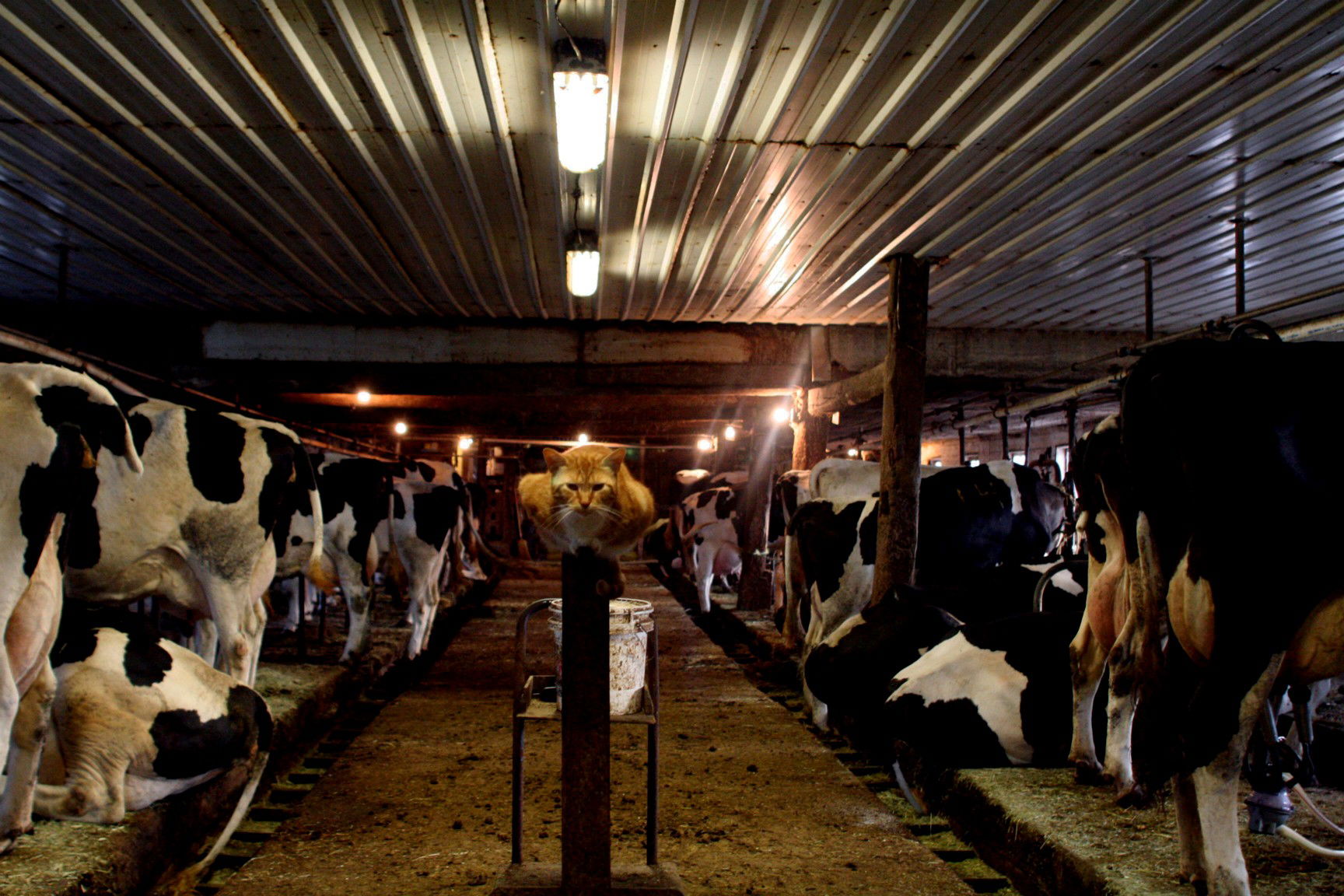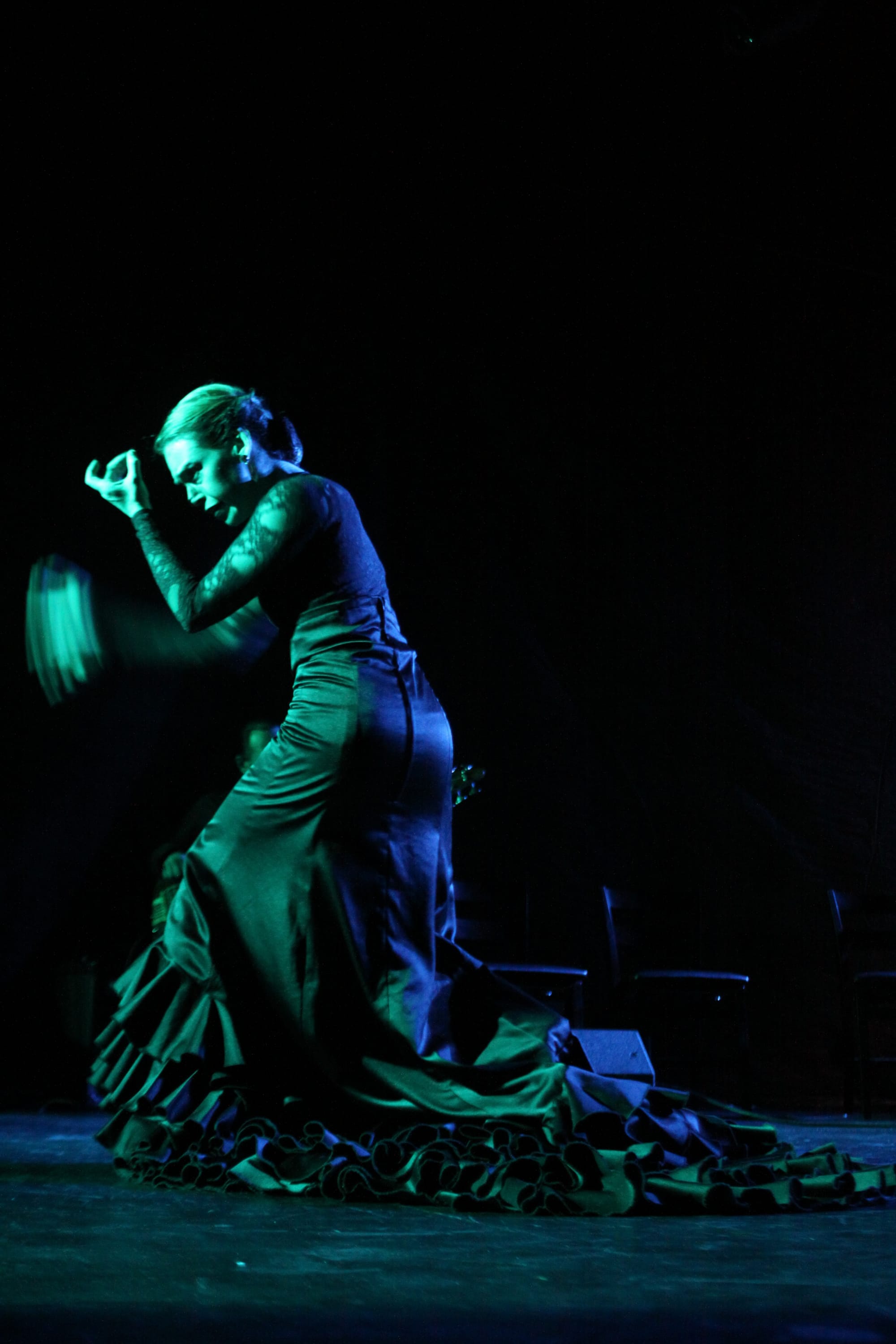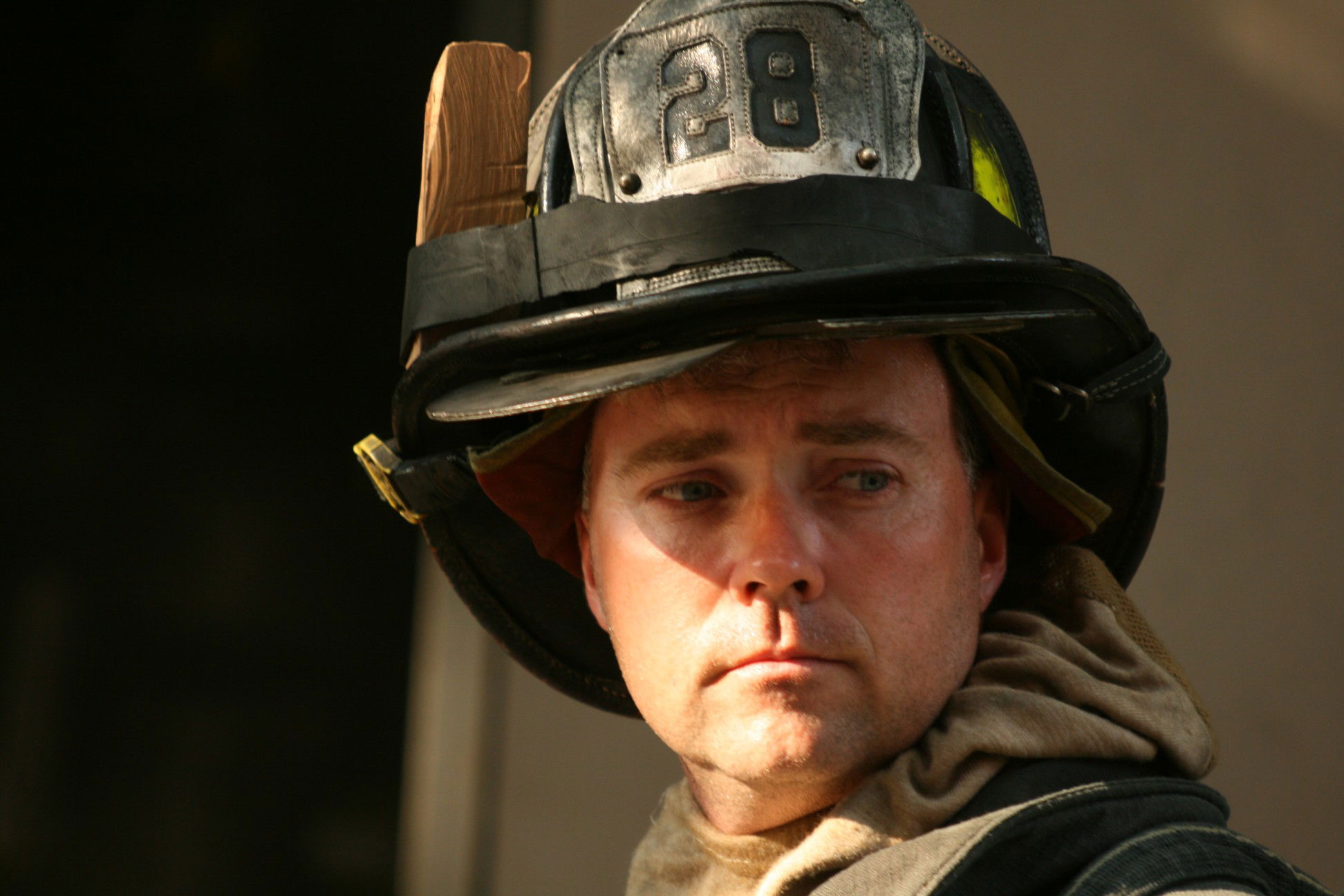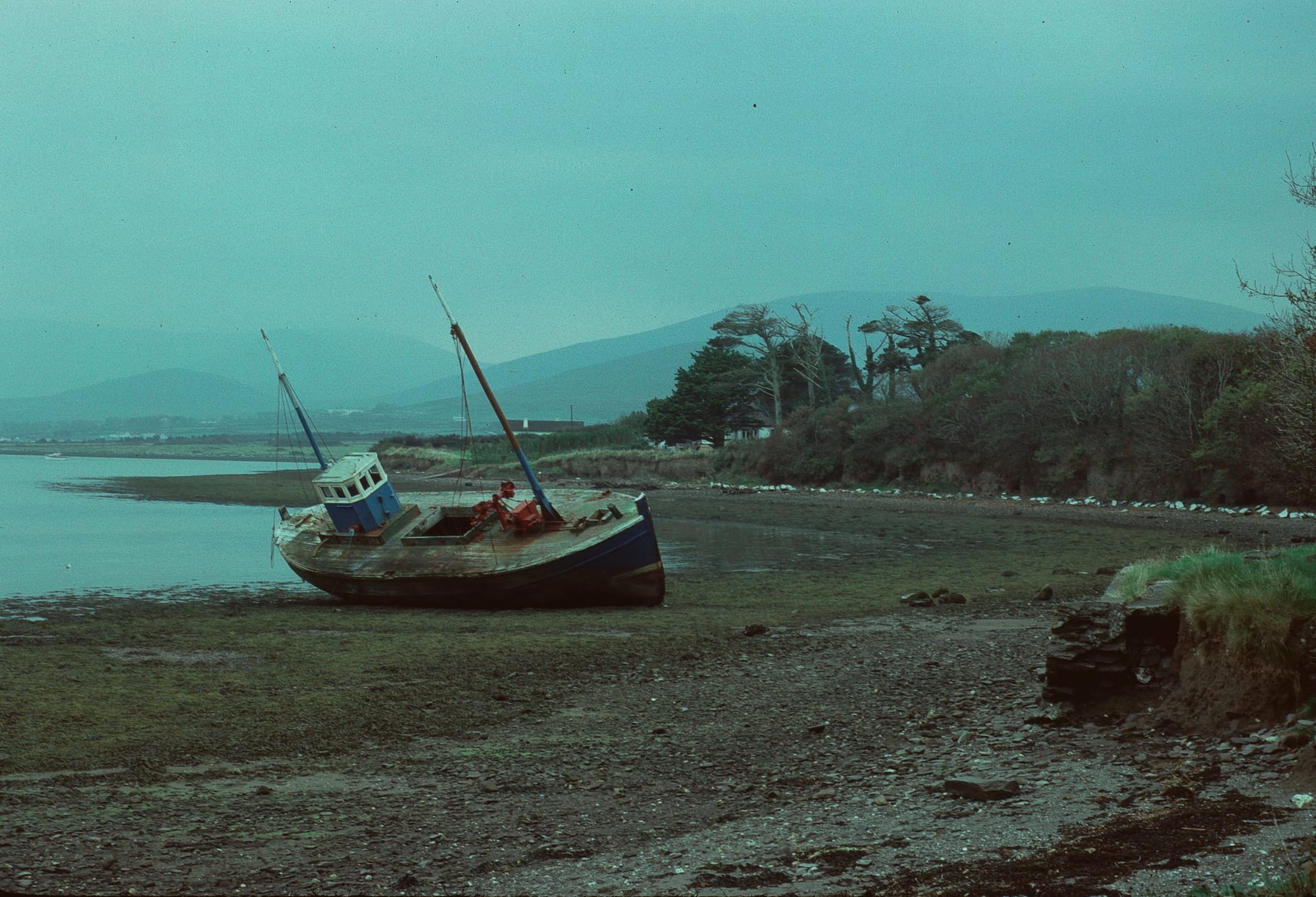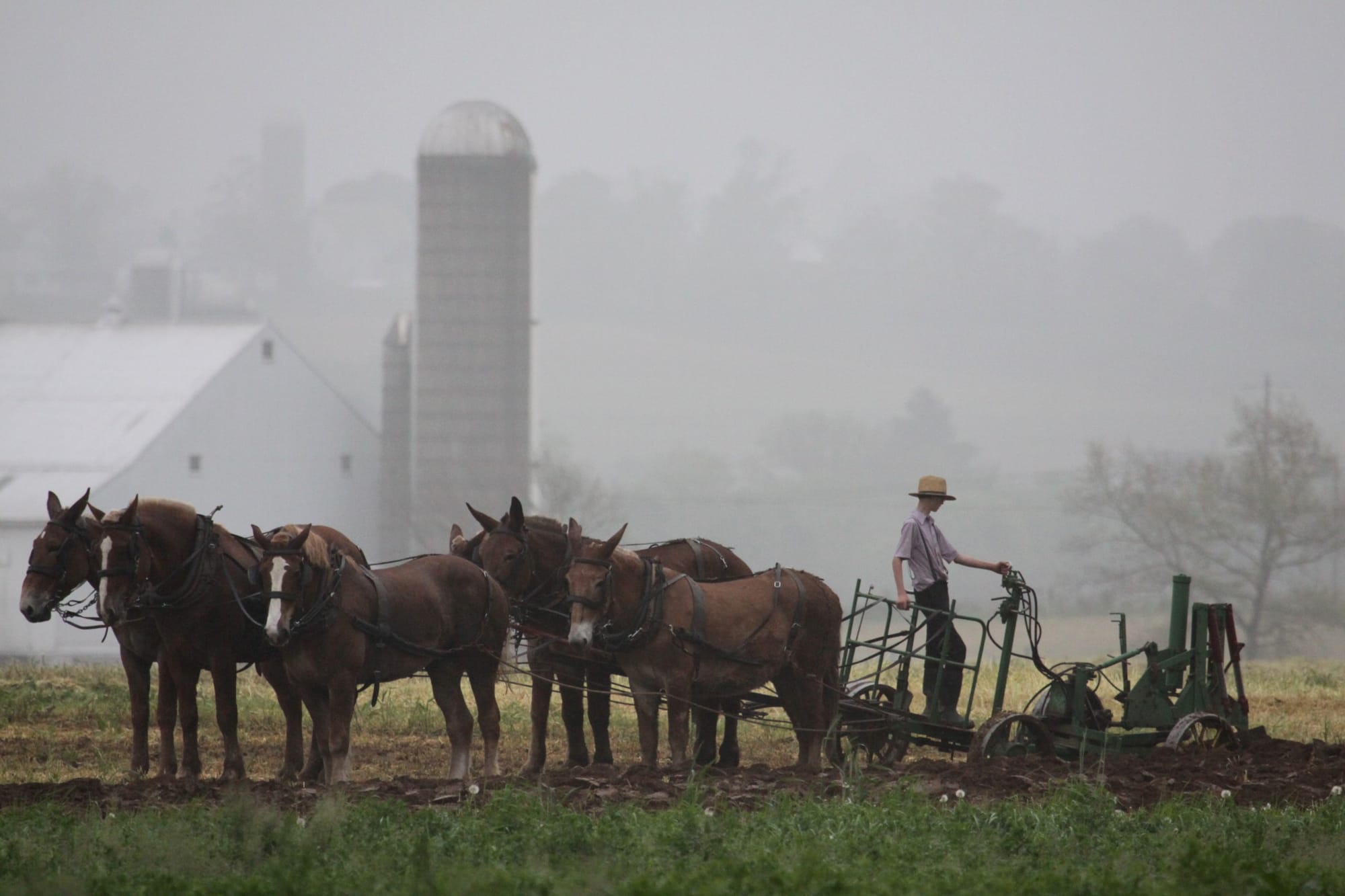Exploring the Roots of Catskill Heritage
Discover the intersecting histories shaping our vibrant community.
What We Are Building in Grand Gorge
Contact
- 37690 State Highway 23
- Grand Gorge, NY, 12434
- not open yet
Donate
To help grow the Center (Scroll down to see donor benefits)
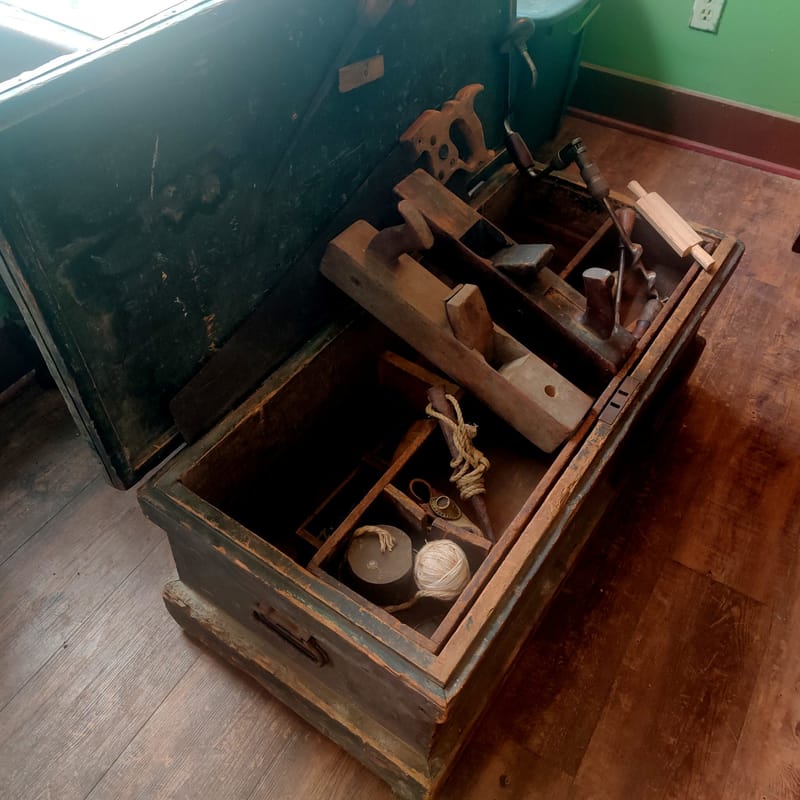
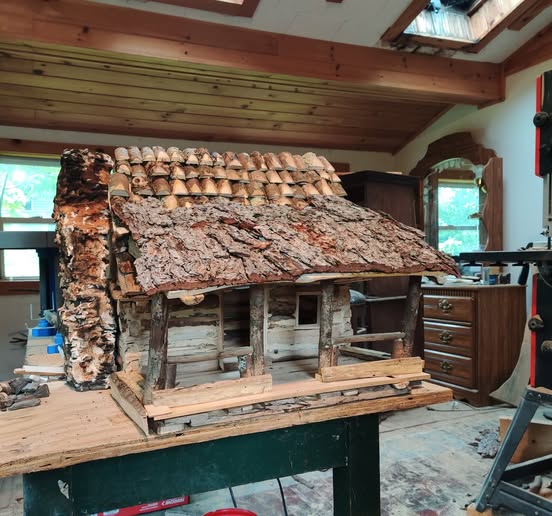
- $25 Kind Visitor
- $50 Friend of the Center
- $100 Center's Angel
- $250 Patron of the center
- Special Donor benefit for Donations of $70 and over REVIEW DONOR BENEFIT PAGE
We apologize ahead of time because you will receive a confirmation which will contain the language "Thanks for Shopping with Us" Due to the website, we can not remove that language at this time. We do know you are not Shopping. We are also sending a separate email that will be our acknowledgement of your gracious contribution and tax deduction information.
Leather & Lumber, Cattle & Clay - Building a Nation while Clearing the Land
The Catskills and the Atlantic Fisheries
Most people know that the first Colonial Settlers cleared the land of first growth forests in order to build a thriving dairy and cattle industry. However, clearing the land also helped to feed the nation by providing the lumber to build fishing boats, fish being a major part of the colonial diet. American boat and ship builders began to build vessels that were the envy of the world. The forests of the Catskills provided its share of the raw material.
New England Whale Fisheries
Whale oil was a vital part of the growth of the American economy. It was so important that during the War of 1812, our Whale Fleet was targeted by the British Navy. Whale oil lit the homes of America and Europe, provided lubrication, soap and the bone was found in numerous products including women's corsets. As with the Atlantic fisheries, lumber from the Catskills provided material to build the whaleships. The attack and blockade of the American Whale fisheries caused many Nantucket families to leave the coast and move inland to farm. One such family, was the Scudder family of Roxbury, who were originally Quaker whalers .
Leather, Lumber, Clay and Cattle
The major industries of the Catskills were lumber, dairy, clay and cattle. Lumber and leather were joined together by the Hemlock tree, whose bark was the center of the tanbark leather industry. Tanneries sprung up throughout the colonial Catskill region. The red clay of the Catskills was prized for bricks and bowls. As land was cleared, dairy and other food production followed.
Who We Are
NEIGHBORHOOD EMPLOYMENT
The Folklife Center will mean jobs for our neighbors, preserving the culture and environment of the region they love. There will be training in various museum skills and paths to go on to higher education through internships and summer jobs.
THE CHIEF EXECUTIVE OFFICER AND CHIEF OPERATING OFFICER
Lorcan Otway and Eugenie Gilmore Otway worked to build two museum/exhibition projects over the years, The Brendan Project and the Exhibition of the American Gangster. Lorcan created and curated the two museums and received much social media concerning the museums including print and broadcast, in addition, he was a guest on numerous broadcast presentations on the Travel Channel, the History Channel and Network news programs to name a few. In addition, he managed his family’s theater and the tavern. Eugenie Gilmore Otway assisted in the running of the not-for-profit museums as well as taking part in the management of the theater, tavern and the building that housed the projects. Lorcan and Eugenie Otway have worked with numerous cultural and museum programs for decades. These institutions include the Irish Arts Center, South Street Seaport, the National Maritime Historical Society and Lorcan was on the Board of Directors of the prestigious theatrical club, The Players. Lorcan and Eugenie Otway hold Juris Doctor degrees from New York University School of Law and Brooklyn Law respectively.
A MUSEUM IS NEVER FINISHED The Past is Prelude
The Peopling of Grand Gorge In the museum’s Welcome Center, we will tell the story of the communities we present in the museum. Each group will present the story of the historic roots of the community, how that community came to Grand Gorge, where they are today in the local community and in the world community. We are in the process of inviting the Nalahii Lunaapewaak (Lenape) people’s story to be presented by the specific band of the Munsee Lenape people of Grand Gorge. This will be the history from their earliest times to the history of being pushed from their settled community in what is now New Paltz and other parts of New York State, and from their hunting lands around Grand Gorge. We will show where their national lands are today in the USA and Canada. We will then present the influence of Native Nations in the USA and how they have influenced world culture and politics. We hope to have signage in this part of the museum in English and the Lenape language. We will have an acknowledgement that this is Lenape land at the entrance to the museum. The Palatine story will start with their emergence in French Protestantism. The Welcome center will present the story of their persecution and diaspora through Mannheim in the German Palatinate, and eventual coming to this part of the Catskills. It will present the modern descendant religious communities in the USA, Ireland and other places they are found today. A free Black family, will represent the story of Black people in this region. We will present the history of New York enslavement, manumission and Black people on New York’s frontiers. The presentation will then cover the emergence of Black America and their role in the world’s present. A Quaker family cabin, will help present the story of the beginnings of Quakerism in Wiltshire and Cumbria, England. The history will then cover the persecution in the New York and the Massachusetts colonies under the English and Dutch. We will present the story of the founding of the theocratic colony of Pennsylvania, subsequent history of Quakers in the USA, and the influence of Quakers on the world community today. The Scottish family will present the story of John More and his descendants in this region and throughout the USA, as well as the emergence of the Scottish standing in world politics as the struggles of North Sea Oil and Brexit place Scotland in an emerging position in world politics. We will be the first ethnographic museum presentation which will provide a picture of the Romani experience in colonial America. The Leatherers were English Romanichals sent as indentured servants to New England. We will present their roots in North Western India, their migration from Constantinople to Western Europe, their transportation to the colonies and subsequent migrations, which are ongoing, and their place in world politics today. Though we will concentrate on the time generally between 1712 and 1830 we intend to show that the influence of historic moments has continuing and growing effect on the rest of the world. Few times and places are truly isolated. We are speaking with local potters, blacksmiths, weavers and spinners to have workshops and demonstrations so tourists will see a living community as it grew and thrived in the Catskills.
Some Early Local Figures in the museum
Joseph Brant
Joseph Brant was a Mohawk warrior and diplomat who organized bands of North Eastern natives into a military unit that aided the British during the American War of Independence. He had a record of protecting civilians and good treatment of captured rebels.
John More
We have not found an image of John More. However, we've created this from a fine etching of his son. John was the first settler of Roxbury/Grand Gorge. John More was a friend of Joseph Brant and organized a Minutemen unit during the American War of Independence.
Peace Scudder nee Corbin
You can find the grave of Peace Scudder in the "Old Quaker Graveyard" a little past John Burroughs's cabin, on Hardscrabble Road in Roxbury. The Corbin and Scudder families were Quaker. They had been whaling families which moved inland during the British blockade of the whale fleet in the 1770s. Peace was born in 1780 in Dutchess County. Her husband, Obedia Smith Sudder, a farmer/blacksmith was born in 1780 in Westchester. She died in Roxbury in 1826. Obedia died in 1830.
How does the Folklife Center Benefit the Community?
Environment
The property is teaming with wildlife and natural beauty. This usage will not disturb the deer and other wildlife or disrupt the land's use in producing fresh water as part of the watershed. It will help bring an awareness of the environment to the visitors.
Commerce to Conservation
The photo shows the framing of the model tannery for the diorama on the leather industry in Margaretville and Prattsville. We will present the story of the development of the industries of the Catskills and the growth of the culture of environment protection here.
Community Access
Once the Folklife Center is open, there will be community access places on the grounds, where admission will be waived for residents of Grand Gorge/Roxbury to picnic and enjoy the outdoors with their families.
Exhibits under construction
A Peek at work in progress
WISH LIST
TOOLS
OLD FARM IMPLEMENTS ANTIQUE LEATHER WORKING TOOLS ANCIENT LOCAL POTTERY LOCAL OLD BRICK CHAIN SAWS
Volunteers
Carpenters Painters Museum Guides
Cash Donations
All donations are tax deductable. As they said in "The Right Stuff" "No Bucks, No Buck Rogers"
